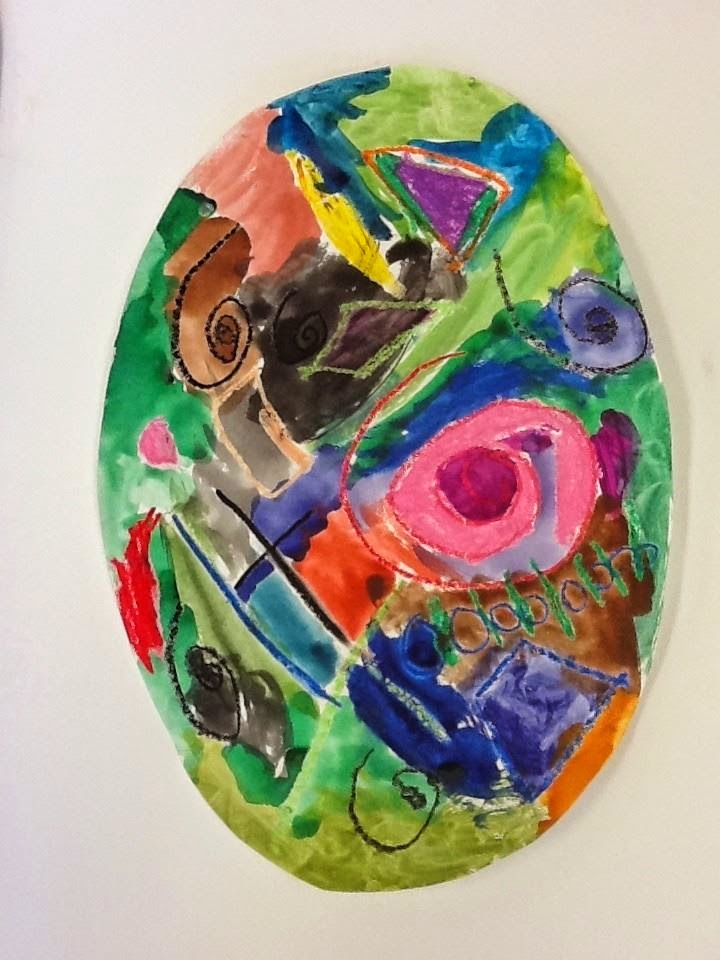Our third grade artists started their
clay unit by examining wood carvings from the valley of Oaxaca, Mexico. We learned how the Oaxacan
people made these animal sculptures by using soft wood of the copal tree and
often times depicted mermaids, wild animals, and masks with bright stylized
designs. Students were excited to watch
a video of a Oaxacan
workshop, where these sculpture were being carved and painted with focus and
precision.
Oaxaca Wood Carving
Oaxaca Wood Carving
To
create our own animals, we had one day to practice making a body and attaching
parts by using the score and slip method.
The following week, we were ready to sculpt our animal and add texture
using different clay tools. Finally at the end, students decided if they wanted
to paint their animals stylistically or realistically.
Student Examples
Dog
Penguin on Ice
Killer Whale
Zeebra
Elephant
Snake
Bird Keeping Eggs Warm
Owl
Pig
Rabbit
Cardinal holding baby bird with feather
Mother Horse and Calf
Octopus
Penguin
Big frog with little frog
Cheetah
Dinosaur
Mother Cat and kitten
Mother and baby whale
Cobra
Unicorn
Snake
Penguin
































































